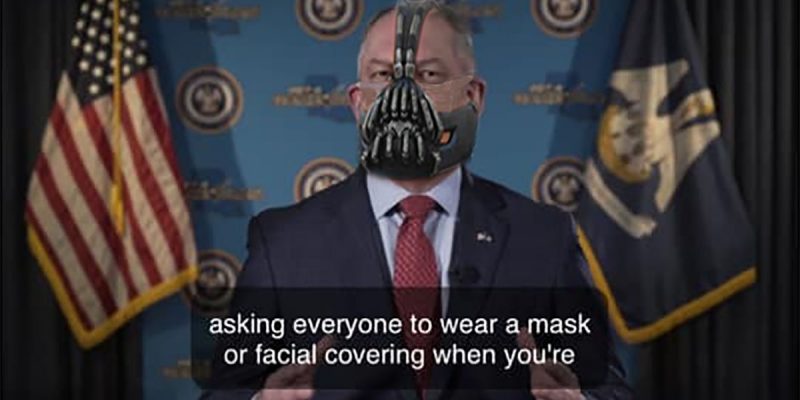Declaring what all the data had indicated two weeks ago and what then seemed obvious to all objective observers except those under his authority, Democrat Gov. John Bel Edwards let more of his people go.
Monday, Edwards announced he would lift a number of restrictions encapsulated in several proclamations made by him over the past two months that brought large swaths of Louisiana’s economy to a halt. He outlined the contents of a proclamation he said he would issue later in the week, which would apply statewide at week’s end.
This came despite a pattern of data that largely replicated that of two weeks ago, when Edwards declared that because some regions in the state allegedly were not showing improved metrics the whole state had to continue to suffer under the bans. The conclusions drawn from that data as well were suspect, given that areas of the state under concern showed in terms of cases improvement and those deemed not troublesome actually showed increased incidence of cases.
Two weeks later, about the same number of regions, in terms of cases and hospitalizations, although in some instances different ones, showed trends of concern and others didn’t. Back then, Edwards said this pattern would mean more weeks of shutdown, even in the parishes with much less virus incidence and potential threat. Yet now somehow the entire state received the all clear.
A reporter at the news conference actually caught this. The official explanation to explain away this inconsistency came in terms of the context: that testing capacity had increased with the delivery of some 200,000 kits from the federal government and that further testing and rates of positive tests per capita led to increased confidence in projecting forward.
Neither explanation, when reviewing the data, is satisfactory. Louisiana knew the federal government would deliver the tests around the beginning of the month, so there was no reason in not having the physical possession of the kits on Apr. 27, the day of the announcement keeping the economy statewide in bondage, to consider that as an impediment to moving forward.
As far as testing rates, on Apr. 27 3.16 percent of the state had been tested, of which 18.41 percent proved positive. Two weeks later, the per capita figure rose to 4.75 percent with the positive rate down 4 percent. Fewer than five percent of all citizens still makes for little more in materiality when trying to forecast.
Advertisement
The drop to 14.41 percent positive tests is more significant – but that trend already was largely present three weeks ago. Recall the dynamics behind this metric: an increase in the rate of positive tests partially depends upon the rate of increase of tests given, because testing discovers positive readings. Thus, seeing the ratio of rate of change in tests given over the rate of change in positive results registered indicates whether the positive proportion of the entire population actually is dropping, as this measure filters out the dependency between testing and results.
Three weeks ago, the average of the rolling five-day average ratio was just over 2.2. But then came a halt in commercial testing tabulation – interestingly, in the days right before the Apr. 27 announcement – that makes those numbers unreliable. Since Apr. 30, at the next point reliable five-day numbers would be produced, the average ratio has been just over 2.6. So, it’s a bit more confidence in forecasting ability, but not a lot to hang your hat on. Had reliable numbers been available prior to the announcement, this number two weeks ago may have looked closer to 2.6 than 2.2.
Yet on this extremely thin reed of evidence, in Edwards’ judgment the whole picture changed. It’s hard not to think that Edwards had as a real motive avoiding the embarrassment of the state Legislature either stripping him temporarily of authority to issue such limitations in the context of this particular disaster, as a resolution working its way through the process does, or of a petition authorized in statute to invalidate portions of his proclamations succeeding, or both.
Not that Edwards, who the longer the crisis whether genuine continues the better able he can use that to frustrate the large Republican legislative majority’s agenda, didn’t let the matter rest without a parting shot. Resuming his pattern of using federal government guidance when it fits the narrative he wishes to convey while ignoring the parts that don’t, he said the new proclamation will last for three weeks – a week longer than federal guidelines and past the end of the legislative regular session. As with much of his decision-making during this crisis, scientific data don’t support it, so it’s anybody’s guess what does.
Advertisement
Advertisement

